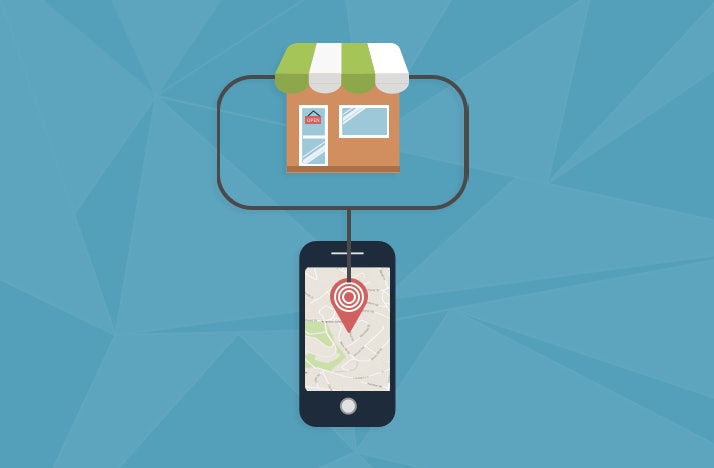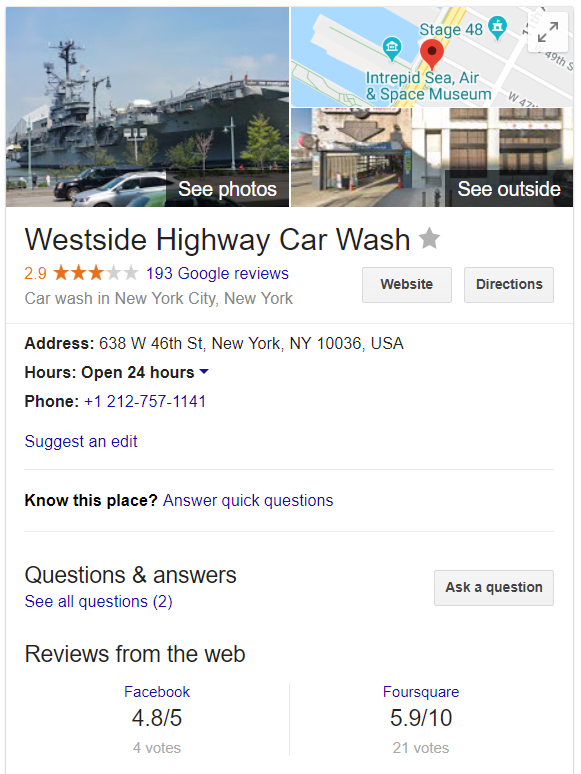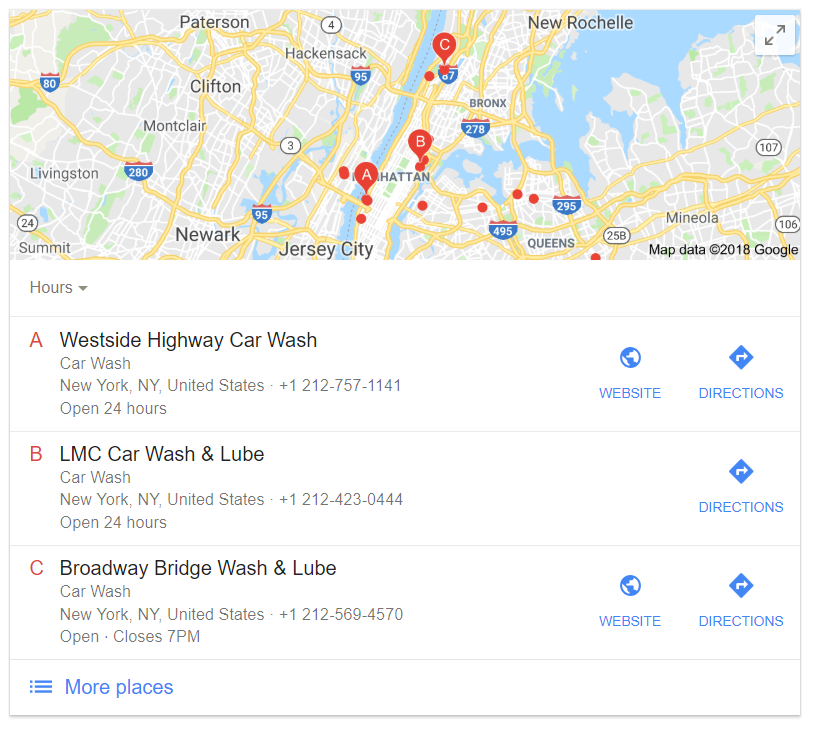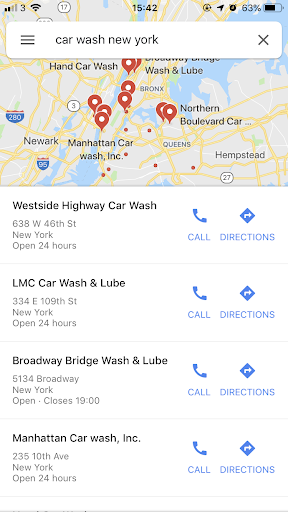Google Posts being rejected
Google Posts being rejected because of non-compliance with image guidelines
Google is apparently seeking to upgrade the quality of images in Posts.
“Something is very broken,” is the sentiment being expressed today by some local SEOs who are seeing their Google Posts rejected. The primary culprit appears to be pictures that don’t conform to Google’s image guidelines.
Widespread issue. The Google My Business Help forum and Local Search Forum are abuzz with many SEO complaints. Some SEOs, however, have reported being able to get Posts up today. Below are some example Posts that have been rejected.
No stock photos. Colan Nielsen of SterlingSky said in email, “From what I can gather it seems that Google is tightening up their desire to have better quality images in posts — mainly not wanting users to use stock photos.”
The image and video guidelines say explicitly that stock photography is not permitted: “Stock imagery, or photos or videos taken by other parties, are not relevant and may be removed. If the primary subject of the content is irrelevant to the location, it may be removed.”
Obscure or ambiguous requirements. Mike Blumenthal of GatherUp pointed out the challenges of complying with these guidelines, which in some instances appear esoteric or confusing. For example, “Superimposed text or graphics, including promotional content such as logos, are subject to the following requirements: For 360 photos, superimposed content must be limited to either the zenith or nadir (top or bottom 25% of the equirectangular image), but cannot be present in both.”
He characterized these and other elements of the guidelines as “clear as mud instructions.”
It’s not entirely clear why Posts are just now being rejected unless Google is starting to more strictly apply the guidelines as SterlingSky’s Colan Nielsen observed. He added, “There has been no official statement from Google, yet. Lots of people are referencing the guidelines being enforced.”
Why we care. Local SEOs typically get little or no notice and guidance from Google in these types of circumstances, where a policy change or stronger enforcement impacts a cross section of marketers. This creates confusion and frustration in the SEO community.
Many people, as indicated, have uploaded their Posts to the forums to vent and to understand why they have been rejected. We’ve also reached out to Google, which has yet to reply.
ABOUT THE AUTHOR
Greg Sterling is a Contributing Editor to Search Engine Land, a member of the programming team for SMX events and the VP, Market Insights at Uberall.






